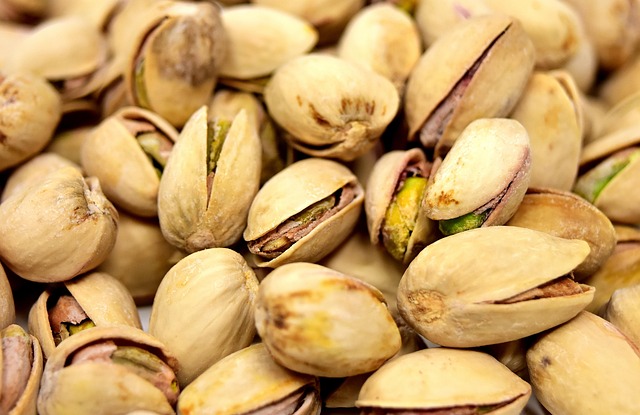
Roopchand Fish: A Nutritional Powerhouse
Roopchand fish, also known as Rupchanda or Indian pomfret, is a freshwater fish that has gained popularity in various culinary traditions, particularly in Bengali cuisine. This fish is not only favored for its delicate flavor but also for its impressive nutritional profile. In this article, we will explore the benefits, cooking methods, and nutritional value of Roopchand fish.
Nutritional Value of Roopchand Fish
Roopchand fish is renowned for its high protein content, making it an excellent choice for individuals looking to enhance their dietary intake. A 100g serving of Roopchand fish contains approximately 20g of protein, which is essential for muscle building and repair. Moreover, the protein found in Roopchand fish is a complete protein, providing all nine essential amino acids that the body requires for optimal functioning.
In addition to its protein content, Roopchand fish is rich in Omega-3 fatty acids, which are known for their numerous health benefits. Omega-3 fatty acids play a crucial role in heart health, reducing inflammation, and supporting brain function. Furthermore, Roopchand fish is a good source of Vitamin D, which is vital for bone health and immune system support.
Health Benefits
The consumption of Roopchand fish offers several health benefits:
- Heart Health: The Omega-3 fatty acids in Roopchand fish can help lower blood pressure and reduce the risk of heart disease.
- Muscle Development: With its high protein content, Roopchand fish is ideal for those looking to build or maintain muscle mass.
- Bone Strength: The presence of Vitamin D contributes to improved bone density and overall skeletal health.
- Brain Function: Omega-3 fatty acids are linked to enhanced cognitive function and may help in reducing the risk of neurodegenerative diseases.
- Weight Management: Being a low-calorie, high-protein food, Roopchand fish can aid in weight management by promoting satiety.
Cooking Methods
Roopchand fish can be prepared in various ways, making it a versatile ingredient in the kitchen. Here are some popular cooking methods:
- Grilling: Marinating the fish with spices and grilling it enhances its flavor while retaining its moisture.
- Frying: A traditional method in Bengali cuisine, frying Roopchand fish with a light batter creates a crispy texture.
- Steaming: Steaming the fish preserves its nutrients and is a healthier cooking option.
- Curries: Roopchand fish can be cooked in rich, flavorful curries, often paired with rice or bread.
- Salads: Flaked Roopchand fish can be added to salads for a nutritious boost.
Conclusion
In summary, Roopchand fish is not only a delicious addition to various dishes but also a nutritional powerhouse. Its high protein content, beneficial fatty acids, and essential vitamins make it a valuable component of a balanced diet. Whether grilled, fried, or included in curries, Roopchand fish offers a multitude of health benefits that can contribute to overall well-being. As culinary preferences evolve, incorporating such nutrient-rich foods into daily meals can lead to improved health outcomes.




















 ফিটনেস সার্টিফিকেট: আপনার গাড়ির সুরক্ষার নিশ্চয়তা
ফিটনেস সার্টিফিকেট: আপনার গাড়ির সুরক্ষার নিশ্চয়তা 
 Health
Health  Fitness
Fitness  Lifestyle
Lifestyle  Tech
Tech  Travel
Travel  Food
Food  Education
Education  Parenting
Parenting  Career & Work
Career & Work  Hobbies
Hobbies  Wellness
Wellness  Beauty
Beauty  Cars
Cars  Art
Art  Science
Science  Culture
Culture  Books
Books  Music
Music  Movies
Movies  Gaming
Gaming  Sports
Sports  Nature
Nature  Home & Garden
Home & Garden  Business & Finance
Business & Finance  Relationships
Relationships  Pets
Pets  Shopping
Shopping  Mindset & Inspiration
Mindset & Inspiration  Environment
Environment  Gadgets
Gadgets  Politics
Politics 